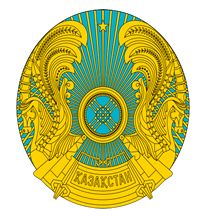Order No. 767 of the Ministry of Agriculture validating the Regulation veterinary zoning of the territory.
Resource information
Resource Language
ISBN / Resource ID
LEX-FAOC131437
Pages
4
License of the resource
Copyright details
© FAO. FAO is committed to making its content freely available and encourages the use, reproduction and dissemination of the text, multimedia and data presented. Except where otherwise indicated, content may be copied, printed and downloaded for private study, research and teaching purposes, and for use in non-commercial products or services, provided that appropriate acknowledgement of FAO as the source and copyright holder is given and that FAO's endorsement of users' views, products or services is not stated or implied in any way.
This Order establishes common rules for veterinary zoning of the national territory depending upon epizootic situation classified in the following categories: (a) favourable; (b) under observation; (c) buffer; and (d) unfavourable. The scope of veterinary zoning shall be to prevent introduction and spreading of infectious animal diseases, planning of veterinary arrangements and performing international trade.



